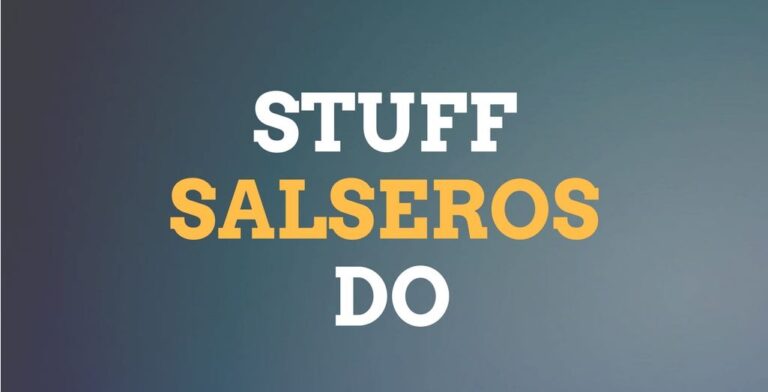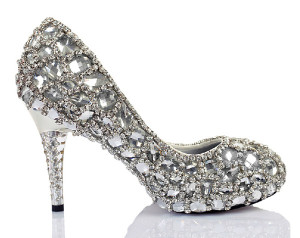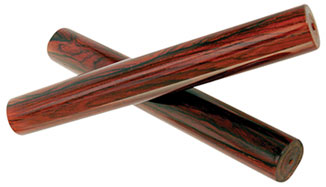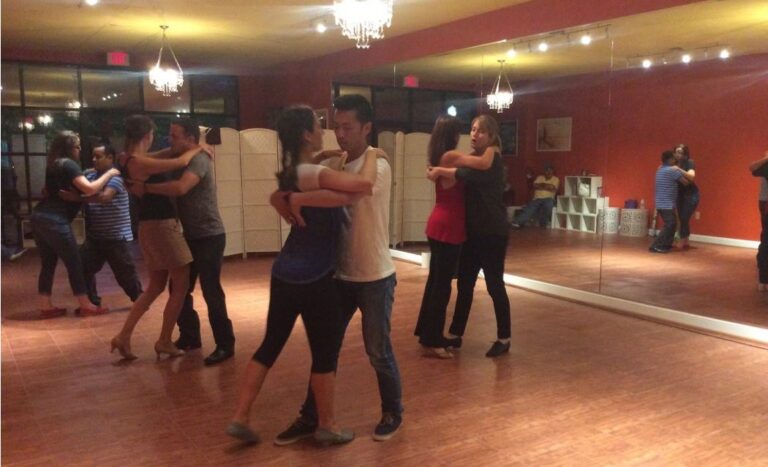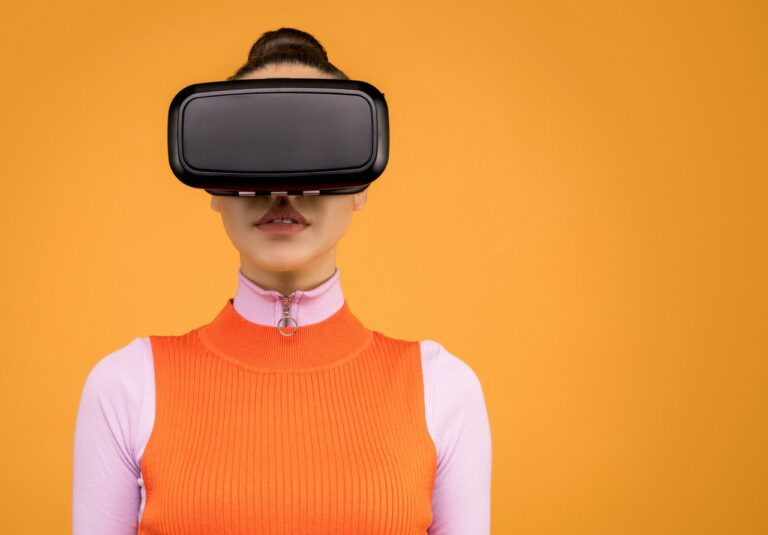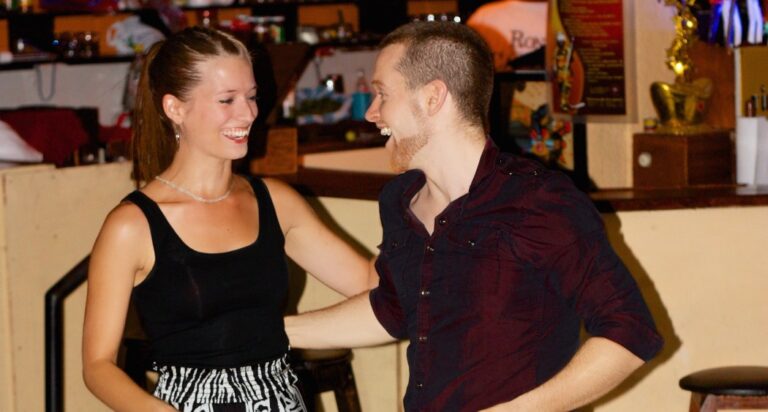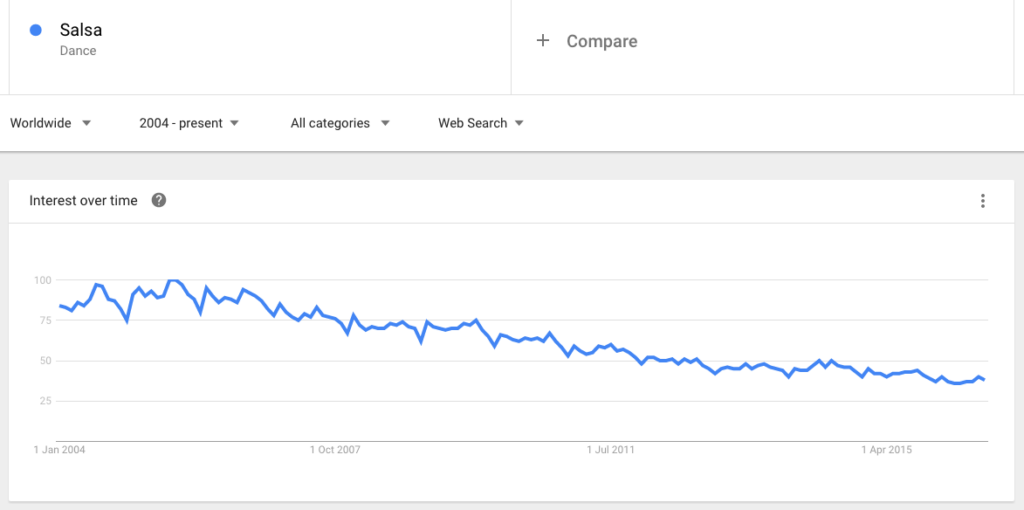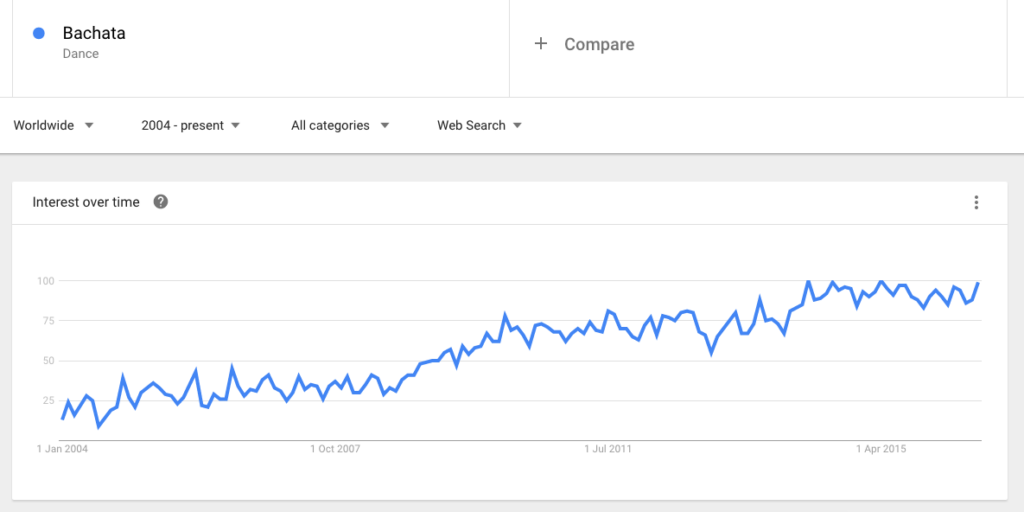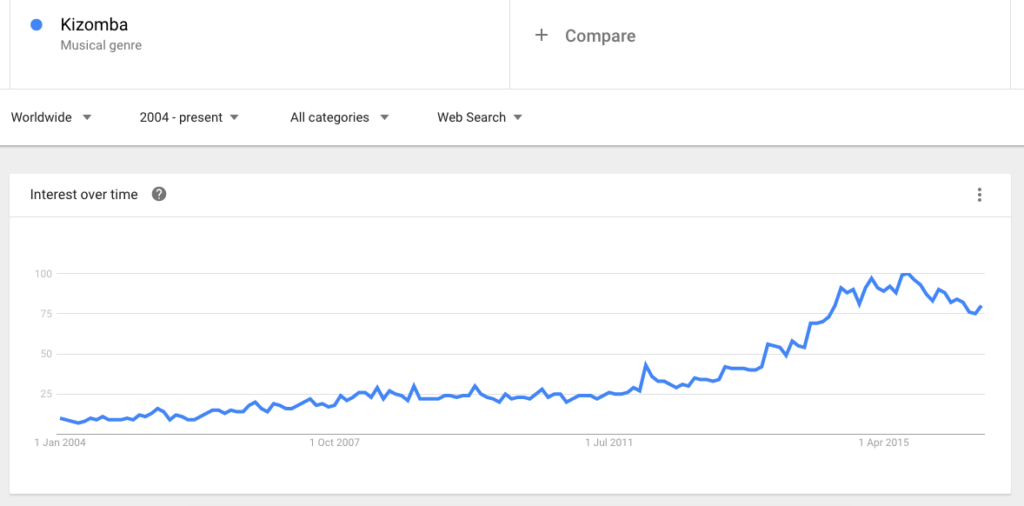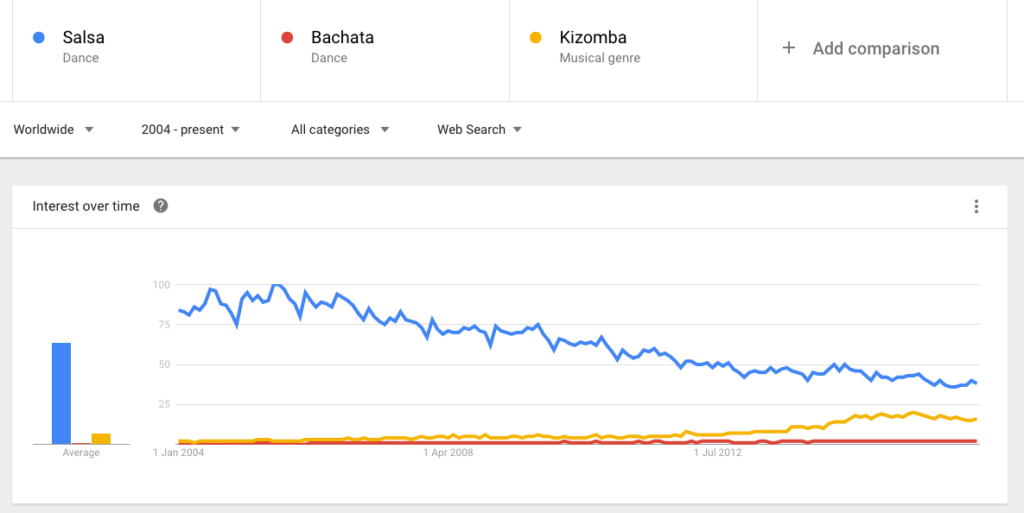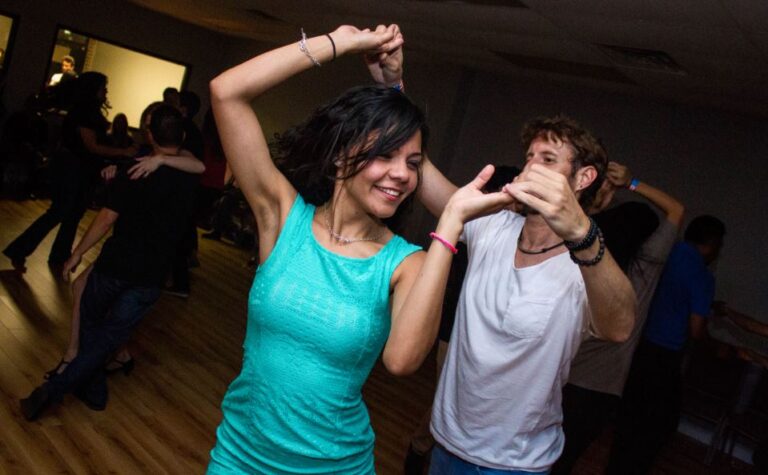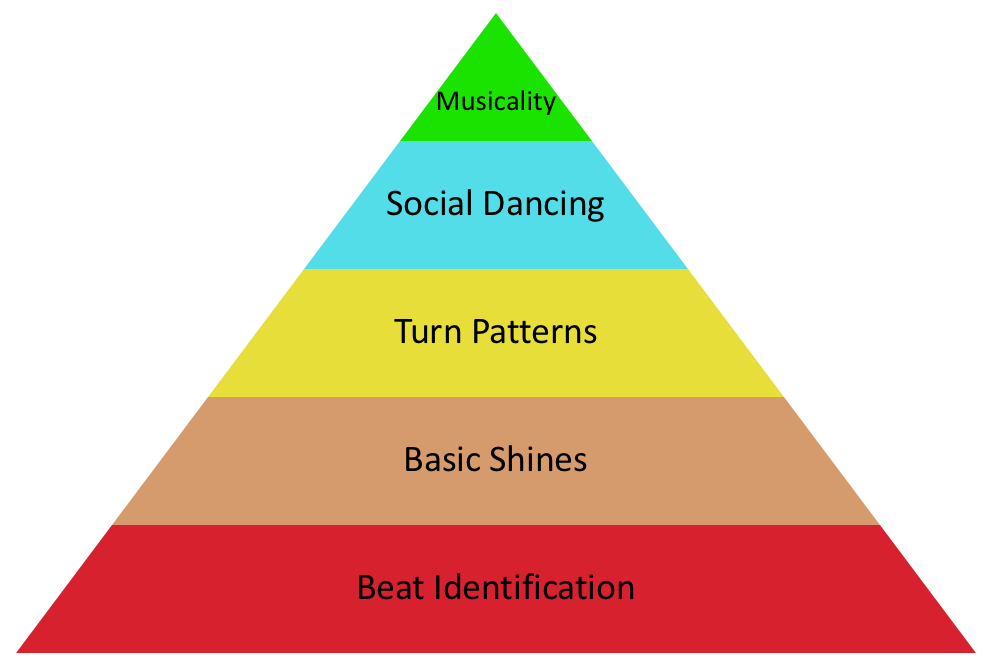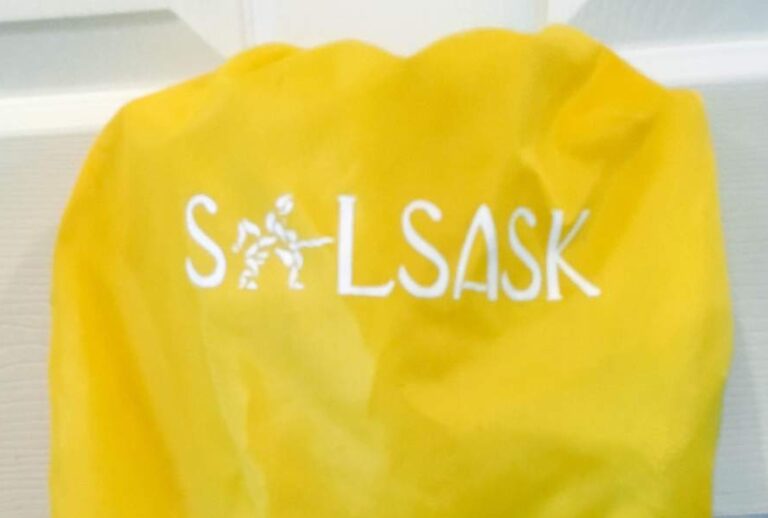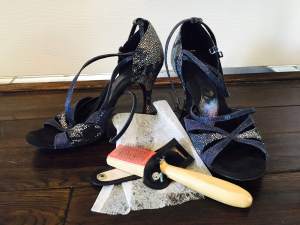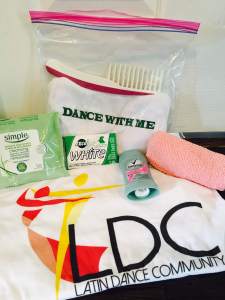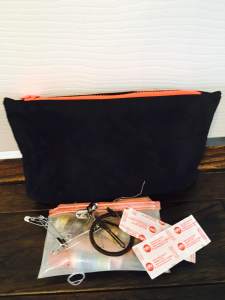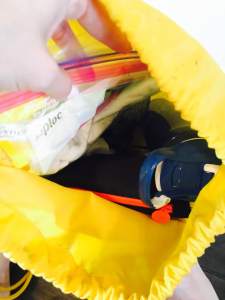Over the years, many people have asked for my advice regarding Latin dance shoes. “Where did you get your shoes?” “Where can I buy shoes in Saskatchewan/Canada/North America?” “Which brand is best?” “Should I buy shoes online?” “Where can I find good-quality shoes at a low price?” These are all questions I asked when I first started salsa dancing and I understand these concerns. Dance shoes can be a huge investment, so it is important to know exactly what you are looking for before you make a purchase.
I would like to preface this article by saying the reviews that follow are my personal opinion and the opinions of a few friends in my dance community. I do not work for any particular shoe company nor do I endorse any product for personal gain. These are my honest experiences, but I don’t wish to discourage anyone from purchasing any particular brand. Many brands are missing from this review (as are men’s dance shoes) simply because I have not tried them, nor have the ladies I consulted to write this article.
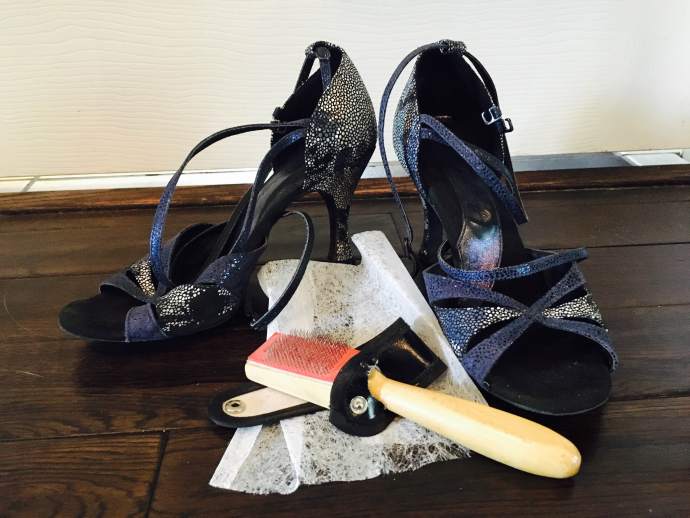
Capezio
(Price- $82-$144 USD): This was the very first brand I purchased, so I feel it’s only appropriate to list it first. When I began salsa dancing, I purchased a pair of gold Capezios with a Cuban heel from the dancewear store connected with my studio. I trusted this brand because I had Capezio jazz and tap shoes when I was younger and they were always great quality. As I expected, these simple, gold shoes lasted forever. I even wore them to an outdoor performance event (a big “no no” for suede soles) and they continued to serve me well for years afterward. I was so sad when I had to retire them. At the Calgary Salsa Congress in 2013, I purchased two more pairs and guess what? I still wear them all the time. One pair has a gorgeous blue lace detail with criss-cross straps and the other has a hot pink and sparkly black colour. I’m so impressed with these shoes and although they were more expensive than some of the other brands I’ve purchased, they were worth every penny. A few friends in my community have also purchased this brand and love them although some claimed they were a bit too pricey. Unfortunately, the website does not seem to have many styles to choose from (the ones I purchased are not on the site).
**This brand is my personal favourite for comfort, style, and quality.**
Burju
(Price: $65-$145 USD): Many of my friends in the salsa community have drool-worthy shoes in beautiful colours and blingy patterns. Of course, I had to ask where they came from! Burju is a brand that everyone seems to know and most of the performers in my community have at least one pair. So, I was able to ask quite a few people what they think of these shoes. The consensus, unfortunately, is that although these shoes are very pretty, they are not the best quality. One of the questions I posed in a community survey was “What brand has disappointed you the most?” and Burju came up several times. These are some of the testimonies I received: “Although they have a huge selection of styles, they fall apart almost instantly.” “One pair that I got broke on the very first day of wearing them.” “Although their styles are quite creative and fashionable, their quality, especially for the price paid, has never been very good.” Unfortunately, this sentiment seems to echo in my dance community and beyond. I have been part of two separate performing teams who ordered matching Burju shoes. Both times, several ladies had their shoes break after wearing them once or twice and some girls noticed problems the moment they tried them on! I love my Burju shoes because they are really pretty and they go with everything but compared to my other shoes, they are frayed, I can’t brush them anymore due to holes in the soles, and they were pricey. I have not decided whether or not I will purchase another pair of Burjus, but I would definitely wait for them to go on sale.
Light in the Box
(Price: $12.50-$185 CAD): The website lightinthebox.com was one of the first places I heard about for inexpensive dance shoes. I went on the site, and wow! Some shoes are only $15-20! What a steal! That being said, you get what you pay for. A friend and I placed an order for several pairs at once and shared the cost of shipping. My friend warned me against purchasing any of the shoes that had “leatherette” in the description because they never stretch and tend to hurt the feet. So, I followed her advice and bought some different shoes. What I liked was that just like some of the other brands (Burju, G. Franco, etc.), you can select your heel size/type on this site. You can even customize the colour for some styles. Other than that, the shoes themselves are a bit of a gamble. Of the two pairs I purchased, one never fit quite right and fell apart after wearing them a couple of times. One pair was absolutely beautiful and I don’t wear them very often, but they are still in good condition. Some of my friends have had similar experiences. Overall, my advice is to purchase the more expensive shoes on this site (they are still quite cheap, trust me!) but don’t be tempted to buy any of the pairs that are under $40. Warning: prices can be listed in any currency you choose, but you will pay a hefty price in shipping/duty if you live outside of the US (or even if you live in the US as some styles are not available in North America). So if you are going to place an order, do so with a few friends to share this cost.
G. Franco
(Price: $75-$110 USD): When some of my friends return from Salsa Congresses in locations such as LA or Miami, they often come home with gorgeous G. Franco shoes. I must say, I was really excited when I purchased my first pair for a duet routine. Ours were a pretty basic design compared to some of the styles available. We bought a simple, tan pair with a flared 3.5” heel. These shoes were very comfortable at first but unfortunately, both of us found that the more we practiced and performed, the more the straps stretched out. When we wear them now (on the tightest notch) we feel like our ankles are not secure. That being said, I will give this brand another chance because of the reviews from my survey: “G. Franco fits like a glove, and you can feel that the shoes are of good quality! I love the cushiony feeling when I wear them and I never get blisters with those ones!” “They are comfortable and can get different heel heights if you choose.” “G. Franco is my fav brand for both durability and comfort. I have two pairs I bought four years ago and they are holding up better than other shoes I bought last year.” I’ve gotta say that I think these are some of the most beautiful, stylish shoes on the market right now and while mine stretched out, it seems like negative experiences with these shoes are rare. Plus, the price is reasonable.
**This brand was the most popular choice amongst those surveyed (for comfort, style, and quality).**
Natural Spin
(Price: $85-$180 USD): This is a Canadian brand based out of Toronto. I bought a pair online several years ago and when I received them, one of the clasps was broken. I had a great customer service experience as they responded to my e-mail right away and sent me a new pair. I was impressed by these shoes at first, but they stretched out after wearing them twice. I just went on the site again and unfortunately, these shoes have gone up in price quite considerably. At first I thought this is because the prices are listed in Canadian dollars, so $160 isn’t so bad…but then I noticed the prices are in US dollars (even though the brand is Canadian…). So now, I’m not too sure what to think. I could buy a pair of G. Franco or Capezio shoes for $75-130 USD, or I could spend $160 USD on a brand I’m not 100% sure about. The styles are beautiful and I would love for readers to share their experiences as I’m just not sure if they are worth the investment. One dance company in the prairies swears by this brand for their practice shoes, and they put in several hours of practice every week. Some of the more basic shoes are less expensive ($85 USD) and the bonus is that we Canadians save on shipping/duty (when clicking on the “In-Stock Canada” tab). Due to these factors, I may give them another chance.
Other brands that were mentioned by friends of mine were Shine, Ray Rose, and PortDance. All of these brands were described as stylish and comfortable. One participant, a world champion dancer, described Ray Rose as the absolute best shoes for competition and performances. Based on my survey, I found that comfort/fit, style/appearance, and quality/durability are the most important factors when selecting a pair of shoes. Of course, price is a factor as well. Most of the individuals I asked said that they were willing to spend $90-$120 on shoes with a few saying they would spend up to $150 for good-quality shoes that will last.
A few other tips to consider:
When purchasing your first pair of Latin dance shoes, go for something simple with a heel size you are comfortable dancing on. If possible, try them on first and walk around the store (I always dance around a bit too to really test them out!). Make sure they fit properly and that your ankles don’t wobble. You will regret it if you spend a lot of money on an expensive brand if you get them and you can’t even wear them because the heels are too high or they don’t fit properly. They will haunt your closet with their beauty. 😉
When selecting performance shoes, again, go with comfort first and style second. You can always glue on your own rhinestones to bling them out. If you’re on a team and you have to purchase the same shoes as everyone else, ask your instructor or director if you can customize the heel size/style to your comfort. If you can’t social dance in 4” stilettos, you won’t be able to perform well in them either!
If you’ve been dancing for a while and you’re looking for a new pair of social dance shoes, have some fun! Chances are, you know by now what style, heel type, and size works best for you. Pick some fun colours and styles that will go with several different outfits. My favourite pairs of shoes are bright blue and hot pink. Don’t feel like you always have to go with a neutral colour.
If you would like to share your experience with Latin dance shoes, please comment below!
